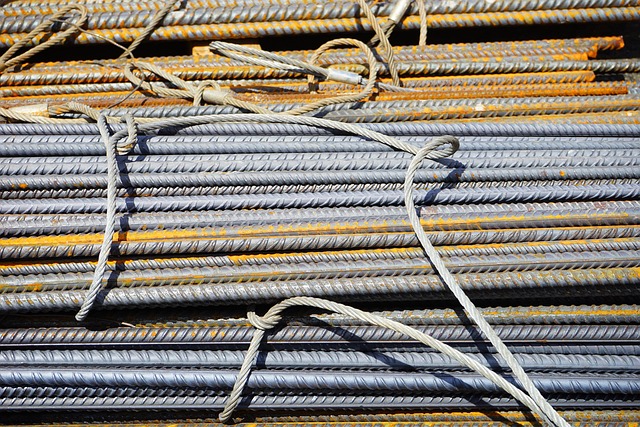Building a Greener Community: Embracing Sustainable Materials in Gardening
In today’s fast-paced world, the call for eco-friendly initiatives has never been more critical. As we look around our neighborhoods, it’s clear that fostering a greener community starts at the grassroots level—including our very own gardens. By embracing sustainable materials, we not only contribute to a healthier environment but also create nurturing spaces where nature can thrive and flourish.
The Connection Between Gardens and the Environment
Gardening has always been an intrinsic part of our connection to the land and can play an essential role in environmental conservation. Traditional gardening often relies on non-renewable resources and chemical products that can harm the ecosystem. However, by incorporating sustainable materials into our gardening practices, we can cultivate not only the earth but also a profound sense of community.
Making Eco-Friendly Choices
When it comes to choosing sustainable materials, the options are as varied as the flowers in a blooming garden. Consider using organic compost instead of chemical fertilizers, which can leach into the soil and waterways, ultimately harming local wildlife.
Additionally, opting for rain barrels can help you harvest nature’s own resource—water—reducing the need for municipal supplies. Furthermore, when it’s time to refresh your garden pathways, materials such as reclaimed wood or natural stone provide not only durability but also character, posing as gentle reminders of nature’s beauty.
The Impact of Native Plants
Another important aspect of sustainable gardening lies in the selection of plants. Native species are ideally suited to local conditions, requiring less water and maintenance than exotic plants. They also support local ecosystems, providing food and habitat for native insects and birds. By choosing these plants, we foster vibrant patches of greenery that can serve as wildlife sanctuaries, all while standing testament to the resilience of nature.
Working Together for a Greener Future
The movement towards sustainability is very much rooted in community. When neighbors come together to share resources, knowledge, and labor, they not only cultivate their gardens but also their relationships. Community gardens, for instance, offer a unique opportunity—people can collaborate to create green spaces while learning from one another about sustainable practices.
Hosting workshops on composting, planting native species, or building raised beds from recycled materials can transform mundane gardening tasks into enriching communal experiences. As we share ideas and inspire one another, we build a network that champions eco-friendly living.
Nature’s Best Designs
Nature serves as the ultimate guide for designing a sustainable garden. Permaculture principles, like creating habitats that mimic natural ecosystems, can greatly contribute to a garden that thrives without excessive intervention. Think of using plant guilds that benefit one another, attracting pollinators and naturally repelling pests. By observing the intricate balance in nature, we can learn to create our own harmonious retreats.
As we dig our hands in the soil, let us remember that every choice we make in our gardens shapes our community’s future. By embracing sustainable materials and practices, we can cultivate not only beautiful landscapes but also a thriving, interconnected community that celebrates the magnificence of Mother Nature. Let’s work together to sow the seeds of sustainability and nurture the roots of a greener tomorrow!



